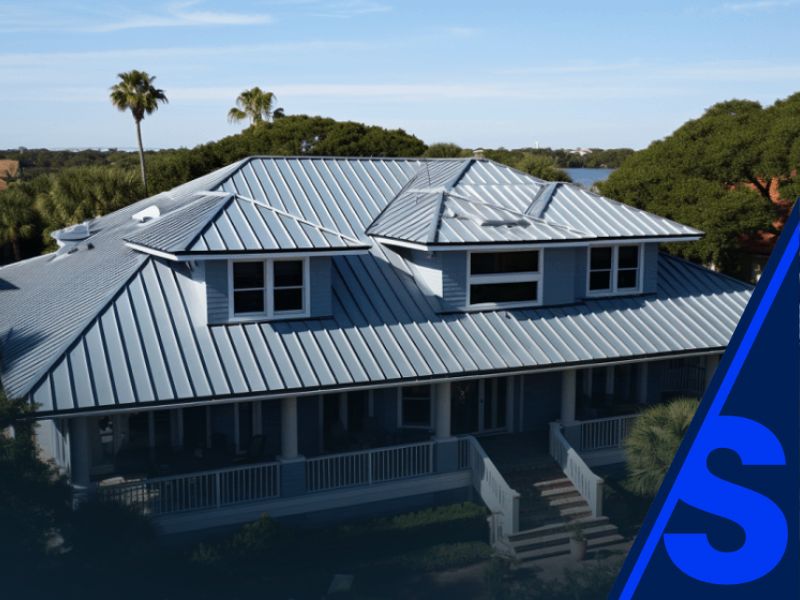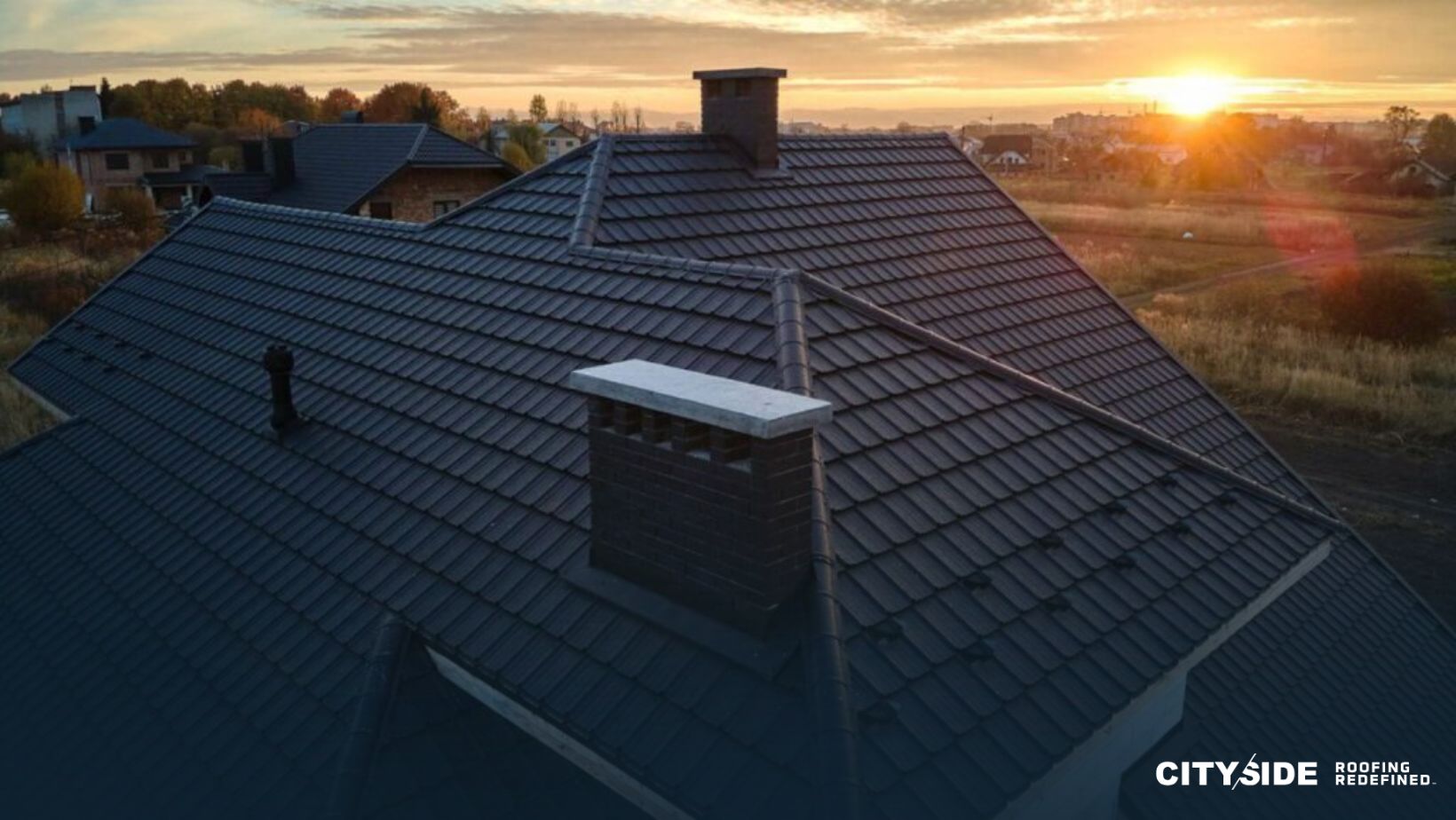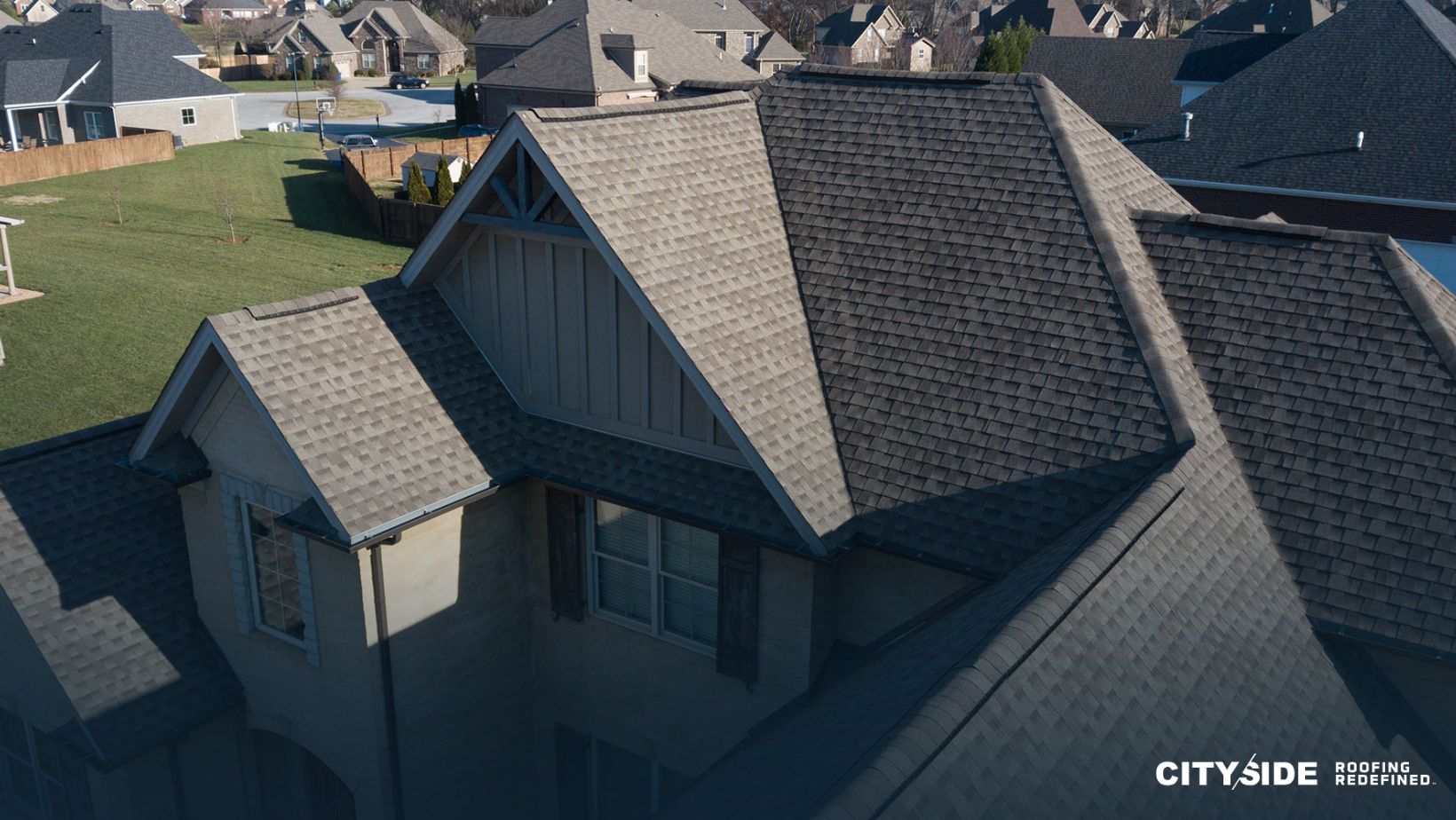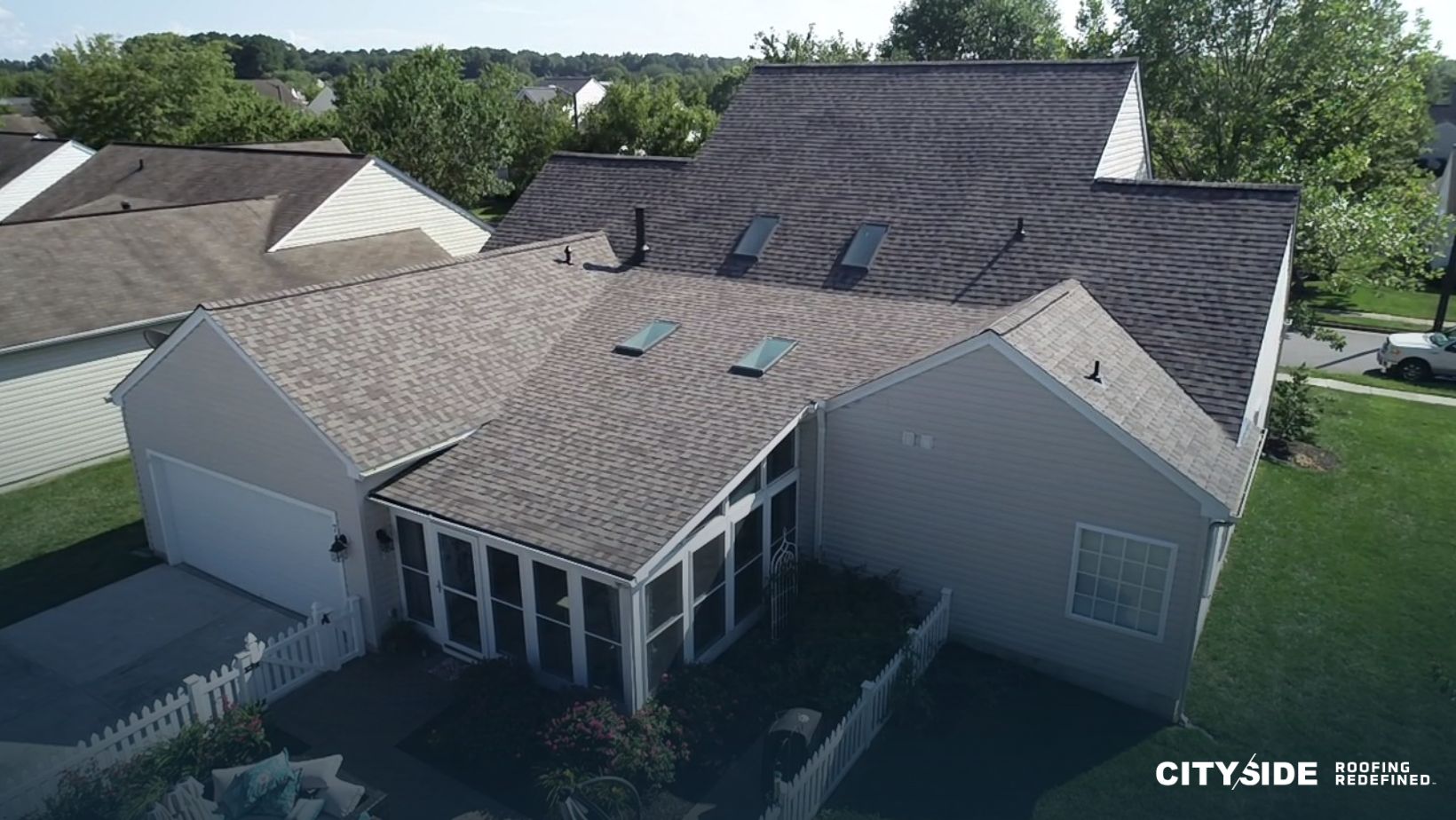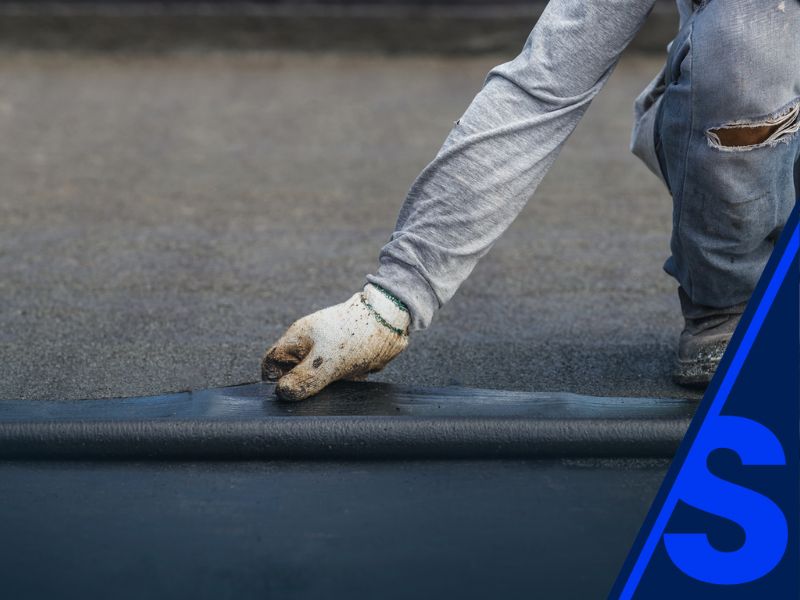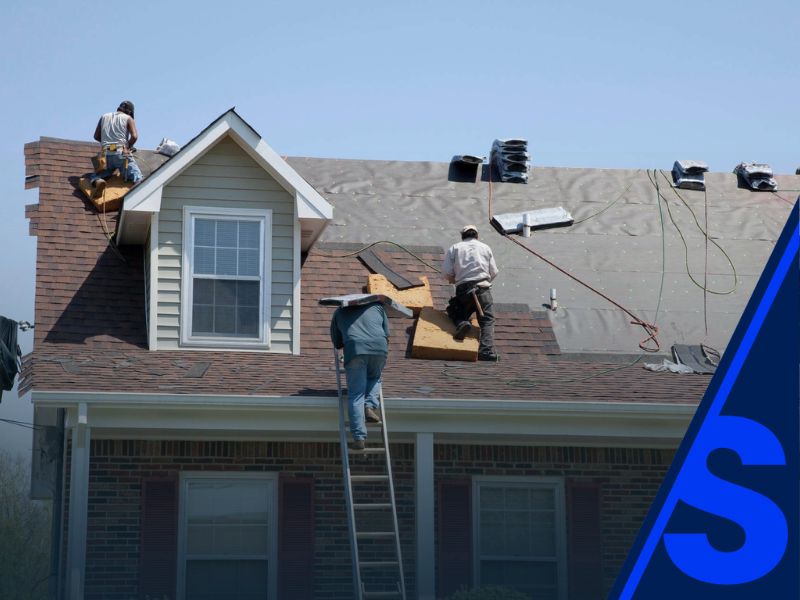Table of Contents
Introduction
Florida’s beauty comes with a price—its climate. For home builders, particularly those working on high-density or new residential communities, roofing isn’t just a matter of aesthetics or budget. It’s about selecting materials that can withstand hurricane-force winds, scorching sunlight, heavy rain, and high humidity. Choosing long-lasting roofing materials is not just a recommendation—it’s essential for building resilient homes that will serve families for decades to come.
In this blog, we explore the most durable roofing options for Florida roofs, why storm season preparation starts with your material selection, and how working with an experienced roofing contractor in Florida like CitySide Roofing gives your projects a competitive advantage.
The Demands of Florida’s Climate on Roofing
Florida’s climate places intense pressure on roofing systems. Key environmental factors include:
- Hurricanes and tropical storms, which bring high winds and driving rain
- UV radiation, which can break down roofing materials and underlayments
- Heavy humidity, contributing to mold, algae growth, and moisture damage
- Sudden temperature changes, which expand and contract materials over time
These conditions mean that home builders must use materials that are tested, certified, and specifically chosen for longevity and resilience. When the right decisions are made during the planning and material selection stages, the resulting homes are safer, more energy-efficient, and more valuable in the eyes of future buyers.
Key Features of Long-Lasting Roofing Materials
What makes a roofing material “long-lasting,” especially in Florida’s climate? Home builders should prioritize materials with the following characteristics:
- Wind resistance ratings of at least 130 mph or higher
- Impact resistance, to protect against debris and hail
- Moisture protection, with barriers or coatings to prevent leaks
- UV reflectivity, which reduces heat absorption and energy costs
- Fire resistance, particularly in suburban developments
- Low maintenance requirements, saving long-term labor and costs
All of these features combine to make certain roofing materials ideal for the Florida market. Let’s take a closer look at the best options.
Top Roofing Materials for Florida Roofs
4.1 Metal Roofing
Metal roofing is widely regarded as one of the most durable options for Florida homes—and for good reason.
- Lifespan: 40–70 years
- Wind Resistance: Can withstand winds up to 160 mph
- Benefits: Lightweight, recyclable, fire-resistant, energy efficient
- Drawbacks: Higher upfront cost but lower lifetime maintenance
For home builders, installing metal roofing adds long-term value, especially in coastal regions. It’s also ideal for large developments seeking modern aesthetics and low maintenance costs. CitySide Roofing frequently recommends and installs metal roofs in high-wind and storm-prone zones for optimal protection.
4.2 Concrete and Clay Tiles
Concrete and clay tiles are highly durable and popular in Florida due to their traditional look and resilience in coastal areas.
- Lifespan: 50+ years
- Wind Resistance: Highly resistant with proper fastening systems
- Benefits: Fireproof, thermal resistant, aesthetically versatile
- Drawbacks: Heavy; may require reinforced roof structures
Builders should assess structural requirements early in the design process. Once in place, tile roofs offer long-term durability with minimal upkeep—making them a premium yet justified investment for new homes in Florida communities.
4.3 Architectural Shingles
Architectural shingles, also known as laminated shingles, offer enhanced durability over traditional 3-tab asphalt shingles.
- Lifespan: 25–30 years
- Wind Resistance: Rated for up to 130 mph
- Benefits: Affordable, visually appealing, widely available
- Drawbacks: Less durable than metal or tile but cost-effective
Architectural shingles strike a balance between performance and cost, making them a go-to choice for builders constructing mid-range homes across the state. When installed by a professional roofing contractor in Florida, these shingles can exceed expectations in both function and form.
4.4 Synthetic Roofing Materials
Synthetic materials (like polymer composites and rubber roofing) are gaining traction due to their adaptability and durability.
- Lifespan: 40–50 years
- Wind Resistance: Up to 190 mph in some cases
- Benefits: Lightweight, customizable, extremely weather-resistant
- Drawbacks: Newer technology; requires experienced installation
These products can mimic wood shake, slate, or tile—offering builders flexibility in both appearance and function. As technology evolves, more builders are turning to synthetics for premium developments where aesthetics and longevity matter.
Storm Season Preparation: Why Material Choice Matters
Every home built in Florida must be ready for storm season. The roofing system is the home’s first line of defense—and your choice of material plays a vital role in storm readiness.
- Underlayment: High-quality underlayment can prevent water infiltration if the outer layer is damaged during a storm.
- Fastening Systems: Nail patterns, adhesive usage, and clips must meet or exceed Florida Building Code standards.
- Secondary Water Barrier: Required in many coastal areas, this adds a fail-safe layer of protection.
- Edge Metal and Flashing: Critical for preventing wind uplift at vulnerable points.
Choosing the wrong material or cutting corners on installation can result in catastrophic failure. Builders who partner with certified professionals, like CitySide Roofing, gain peace of mind that every home they deliver is storm-ready and code-compliant.
Working With a Trusted Roofing Contractor in Florida
It’s not just the material—it’s who installs it. Working with an experienced and certified roofing contractor in Florida ensures that your roofing systems meet the highest standards.
Benefits of working with a professional like CitySide Roofing:
- In-depth understanding of Florida’s climate and building codes
- Access to premium, warrantied materials
- Expertise in multi-unit and high-density residential projects
- Commitment to on-time, on-budget installations
- Support with permits, inspections, and documentation
Whether you’re developing a single custom home or a 100-home subdivision, the right contractor can make or break your project timeline and reputation.
Why Home Builders Choose CitySide Roofing
CitySide Roofing stands out as a go-to choice for home builders across Central Florida and beyond. Here’s why:
Experience: Decades of industry knowledge specializing in new builds and large-scale residential projects
Quality: Only using materials proven to last in Florida’s challenging environment
Compliance: Every project is built to exceed Florida Building Code standards
Support: End-to-end support, from planning and permitting to final inspection
Home builders looking to maximize return on investment and buyer satisfaction turn to CitySide Roofing to deliver results that last.
Need expert help for your next project? Contact CitySide Roofing and talk to a professional today.
Conclusion
When it comes to building homes in Florida, especially in preparation for storm season, roofing is not the place to cut corners. Your choice of materials—metal, tile, shingles, or synthetics—must align with the environmental demands, energy codes, and homeowner expectations that define the Florida market.
As a builder, you need a partner who understands these challenges. CitySide Roofing brings unmatched expertise, premium materials, and proven solutions that help you build better, safer, and more marketable homes.
Don’t leave your roofing to chance. Contact CitySide Roofing today to discuss durable, storm-ready solutions for your next residential development.
Related Reading: How Supply Chain Shifts Impact Roofing Projects in Tavares
